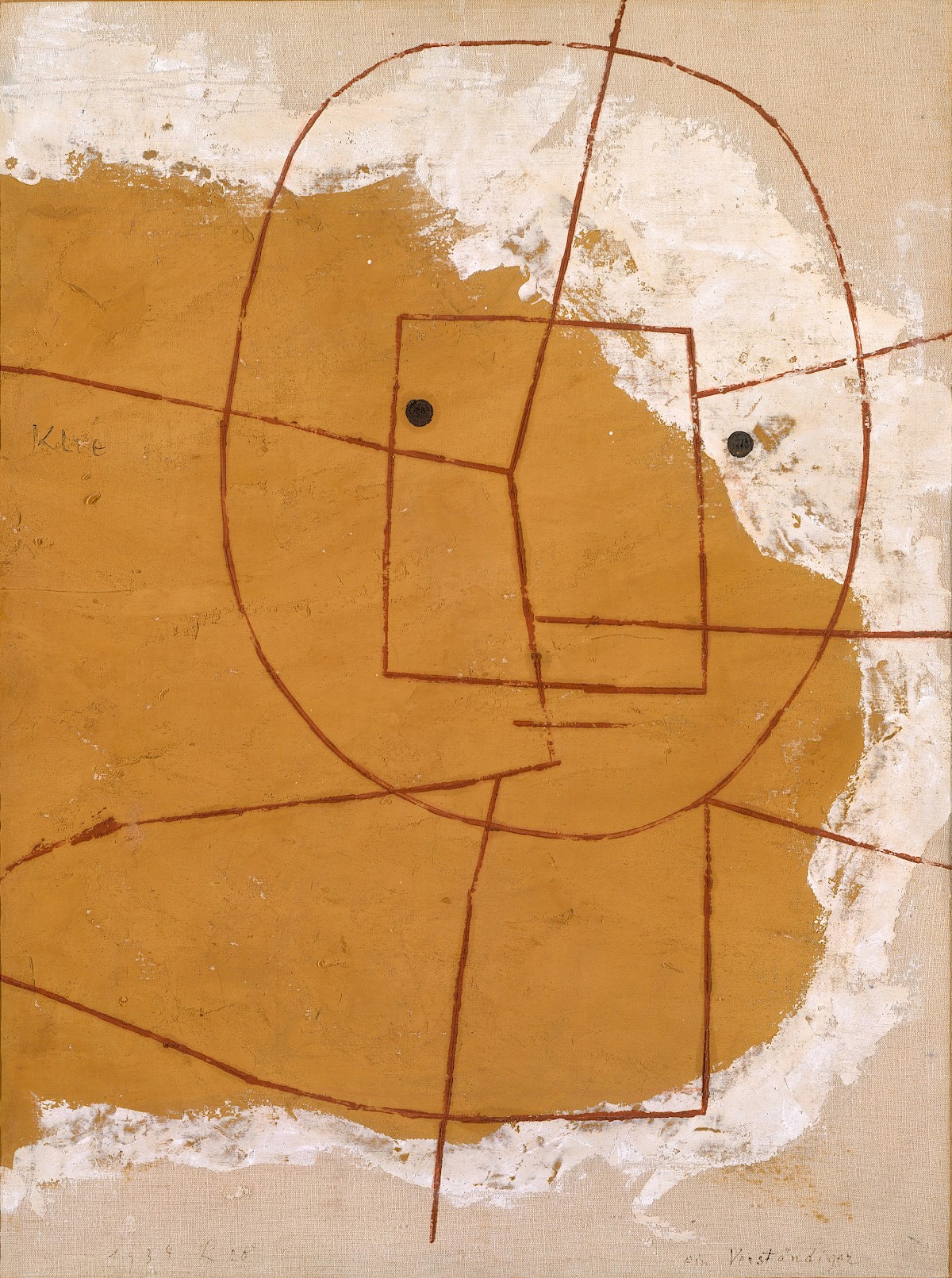The Marxist Tradition of Radical Art History

Translator’s note: This short polemical essay originally appeared in a 2006 issue of the journal Kritische Berichte subtitled “Was ist links?—What is Left?” Some of the author’s references are specific to the German context, and of course much has happened in the years since. We publish it here because it strikes us as a useful prompt for future debate over art history’s institutional, methodological, and political trajectories.
Radical art history sets itself the task of tracing back all functional, aesthetic, and representational aspects of art, as a component of visual culture, to the historical conditions of its production and reception—which is to say that it approaches art, as a historical object, with as much objectivity as can be philosophically justified.
It has today become necessary to call this apparently self-evident description of art history as a scholarly pursuit “radical” because, in our present-day culture, it must be defended against both pseudo-democratic relativism as well as against ideological adaptation to increasingly precarious conditions of existence.
A mediated scholarly understanding of history relativizes every immediate aesthetic experience or artistic judgment, and thus encounters resistance in an academic culture that brings every past as well as present artwork into line with current cultural politics, thus projecting its own ideological self-understanding onto the artwork.
Reflection on the social conditions of art historical scholarship, which in the early 1970s undertook to separate the timebound, ideologically loaded results of art historical research from its lasting achievements, has today given way to inconsequential historiographical navel-gazing. The increasing academic constriction of art history, for which the discipline attempts to compensate through its eager participation in public culture, has made it ever-more difficult to pursue art history as a historical-critical endeavor that needs no special pleading so long as it follows its own self-determined path.
Art history as currently practiced demands, first of all, a rapprochement between artistic and scientific-technological culture, from which it expects public funding given that, in Germany, scientific-technological education has become a top priority in economic policy.
Second, it demands a valorization of contemporary art in accordance with the needs of the art market, which has replaced the vanishing public funding of official museum and exhibition culture with self-interested private financing in order to give an official imprimatur to the value of its objects and events.
It is through adaptations such as these that art history has accommodated itself to a reorientation of artistic culture over the past twenty years that consists, on the one hand, in the aestheticization of a life-world that is increasingly shaped by electronics, and on the other hand in art’s transition from the artwork to aesthetic decor. A historical understanding of the interplay between a technologically expanded image-culture and the dissolution of the boundaries of the artwork as a discrete object is hence the proper theme of a radical art history of the present, one that approaches its object from a position of historical distance rather than from the proximity of participation.
The modern historical conditions that frame this interplay are: the rise of capitalism as the universal economic form, to which there is no political alternative; the electronic technologies that are capitalism’s functional medium; the social crises that are its result; and the global militarization through which capitalism maintains its predominance.
To relate the chronology of the past twenty years—the key dates are the dissolution of the Soviet Union on December 25, 1991, and the September 11 terror attacks in 2001—to the social, technological, and political transformations of artistic culture during the same period would constitute a radically historical project.
As is well known, the tradition of Marxist theory links historical analysis to political critique. It subordinates artistic culture to an economically determined and politically regulated social process that can be categorically delineated through its contrast with other systemic theories.
This tradition has always interrelated concepts such as ‘capital,’ ‘labor,’ ‘society,’ ‘class,’ ‘politics,’ and ‘ideology’—terms that are used incessantly but unsystematically in current public discourse—and subjected them to constant revision in the light of historical experience.
What is needed today is to make good on the Marxist tradition’s claim to a historical description of culture, including artistic culture, without either compromising or seeking to justify its scholarly aims through a leftist political agenda: for indeed its plausibility cannot remain dependent on political convictions.
The informally organized groups of art historians in West Germany who, between 1970 and 1977, went relatively far in the development of an updated version of the Marxist tradition have since abandoned that project.Their former leaders have in the meantime committed themselves to a more or less social democratic and institutionally overdetermined form of academic politics. In the social sciences, by contrast, the long-term development of a Marxist tradition of social and historical theory has continued without interruption, because these fields deal primarily with historical rather than with aesthetically rarefied experience.
A Marxist grounding for radical art history will aim to link this tradition to current standards of art historical scholarship. I see no prospects for implementing this through cultural politics, either within art history’s academic organizations or within political parties or associations.
Radical art history can only develop in a scholarly and journalistic public sphere that, thanks to its democratic principles, does not place any obstacles in the way of radical interventions, but whose tendency towards unwarranted majority consensus must nonetheless be guarded against all the more decisively.
Translated by Daniel Spaulding.
Originally published in: Kritische Berichte, vol. 34, no. 3 (2006), 21-22.